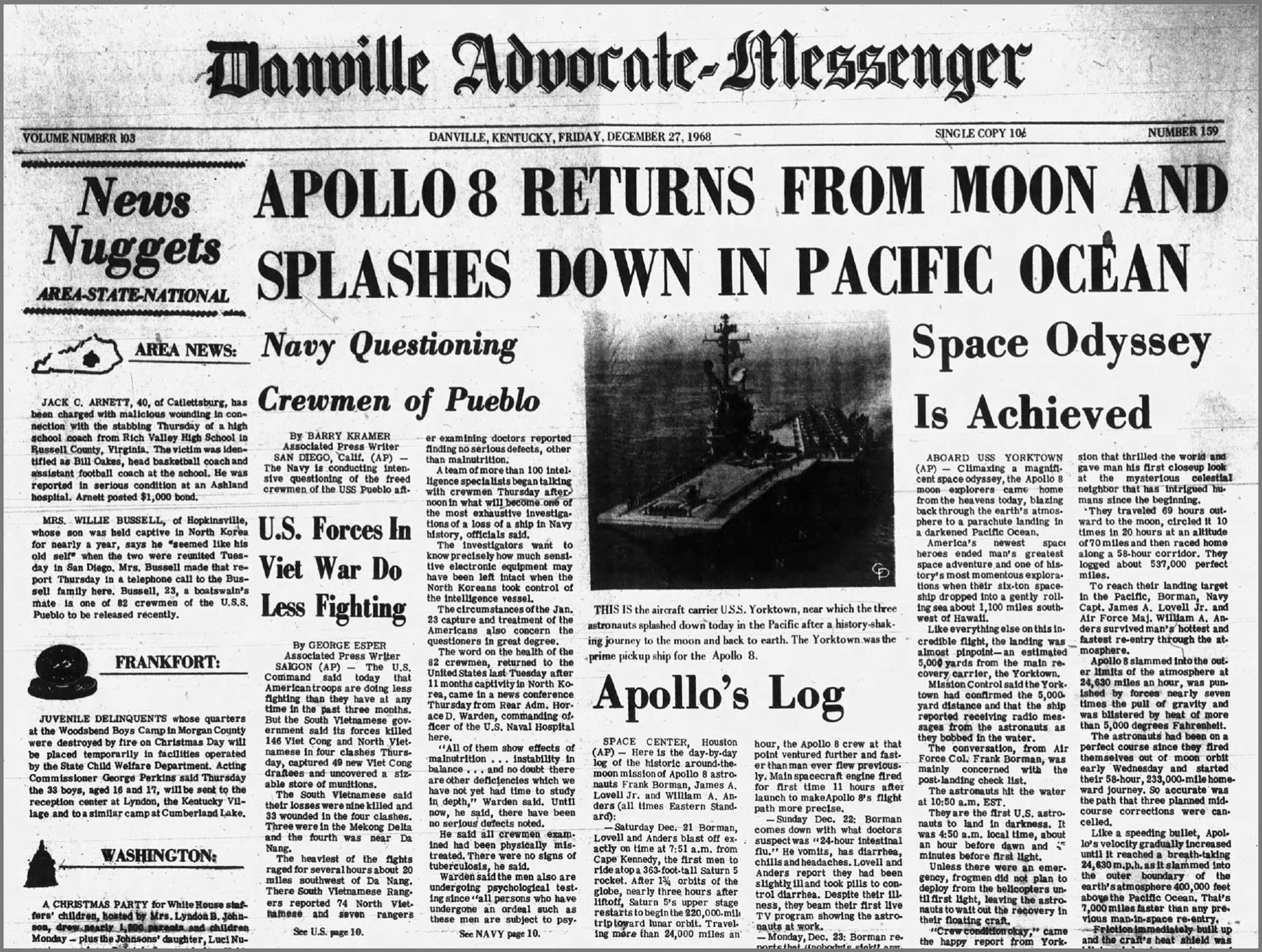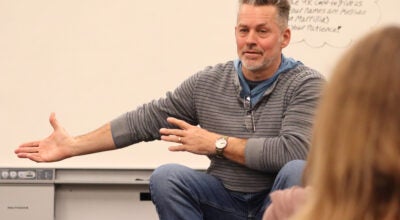Coffee with Mimi: To balance or let it be
Published 6:38 am Saturday, August 4, 2018
By MIMI BECKER
Contributing columnist
Balance is an important concept in the world of art. Balance is how an artist arranges the elements of colors, objects, textures in the space to create a pleasing illusion.
Balance can also create security and safety. The Parthenon (a temple in Greece) has eight columns across the front of the structure. The design allows a straight and direct passage for visitors into the inner chamber. The massive columns around the perimeter provide the strength and solid platform necessary to support the roof of the large structure. While the front and back of the building have a purposefully even number of columns, the sides have an odd number, 17. The Greeks were very good at incorporating function and form in a pleasing ratio to accomplish a purpose.
Leonardo da Vinci created the “Mona Lisa,” arguably the most famous and identifiable portrait in the world, in the early 16th century. Our fascination, through the centuries, has been attributed to da Vinci’s use of color, spatial arrangement of the subject in relationship to the setting and the pose of the woman among other elements. It has been studied, exhibited and pictured hundreds of times and viewed by millions of people.
Good balance is also important in physical health. Good balance will greatly reduce the risks of falls, improve general mobility and ensure independence. The American Heart Association recommends that balance exercises be included regularly along with strength, endurance and flexibility activities.
According to mental health professionals, strong mental health is a balance of emotional, physical and spiritual elements. A well-balanced individual exercises good judgement, makes good choices and can handle the inevitable stresses of life — the big ones and the little ones.
A healthy and successful weight loss plan necessitates a balance between choosing a variety of appropriate foods, portion control and good judgement in allowing yourself rewards.
Exercise is totally necessary to health. Regular workouts lead to efficient running of body systems, weight control, flexibility, endurance and yes, balance — physical and mental. The problem with the concept of working out is the word “work.”
I try to avoid it in all aspects of my life.
Work out. Yard work. Job work. House work. Volunteer work. Really? Work is defined as activities involving mental or physical effort to achieve a purpose or result. Effort is defined as strenuous physical or mental exertion.
Personally, I hoped I would reach a time in my life when I didn’t have to work at it all the time. A time when I could achieve my purposes without so much strenuous effort; a time when balance would be just there. Each day would be seamless and smooth, transitioning from one activity to another. Plenty of time for exercise, a beautifully maintained yard, household projects and domestic chores, community activities and socializing. And, of course, my husband, job, children, grandchild, Mom, family gatherings and puppy. And, quiet time. Oh, and sleep should be in there on a regular basis.
There is certainly a lot to consider to achieve a balanced life. Who has time for all of that planning? Twenty-four hours minus eight for sleep, minus the time for meals, minus the recommended half hour, or so, for physical exercise, minus the time to get ready for and clean up after the exercise session, minus hours at the actual paid occupation doesn’t leave much left to divvy out for the time needed to be balanced.
So, back to Leonardo and the lady. The result of the piece is one of harmony and balance. It is still nearly 500 years after its first viewing, considered such a significant piece that a large room at the Louvre is almost entirely dedicated to her. Unlike most all other pieces at the museum, visitors are held back several feet by barriers, and guards are assigned to crowd control. Getting up close and personal is nearly impossible as viewers are standing 10-15 feet deep across the width of the space.
Art historians aren’t in agreement about the date it was painted. There is some agreement that it was painted over a period of time and may have even been worked on after several years. In other words, a work in progress; a world masterpiece was a work in progress. Do you suppose Leonardo’s buddies quizzed him daily at the pub about his timetable for completion?
I can’t read into the soul of one of the greatest minds of history. Over his lifetime, he created some of the most incredible and recognizable pieces of art. However, the body of work for which most people remember him numbers only a couple dozen paintings. He was also a gifted architect and engineer. An airport serving Rome is named for him in honor of his contribution to concepts of flight, 400 years before the reality.
Surely, Leonardo did not chop his day among rigidly specific activities. We know he had his ups and downs. He likely worked at it, in the best sense of the word, kept at it and let the result be, in the long run.






